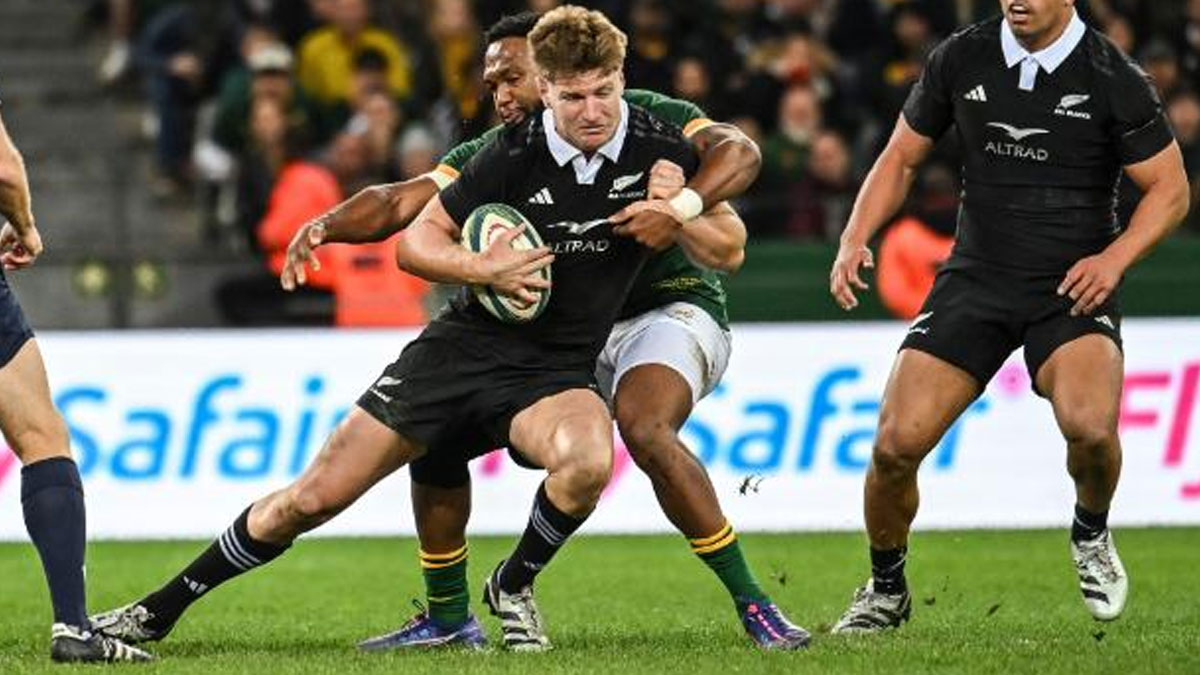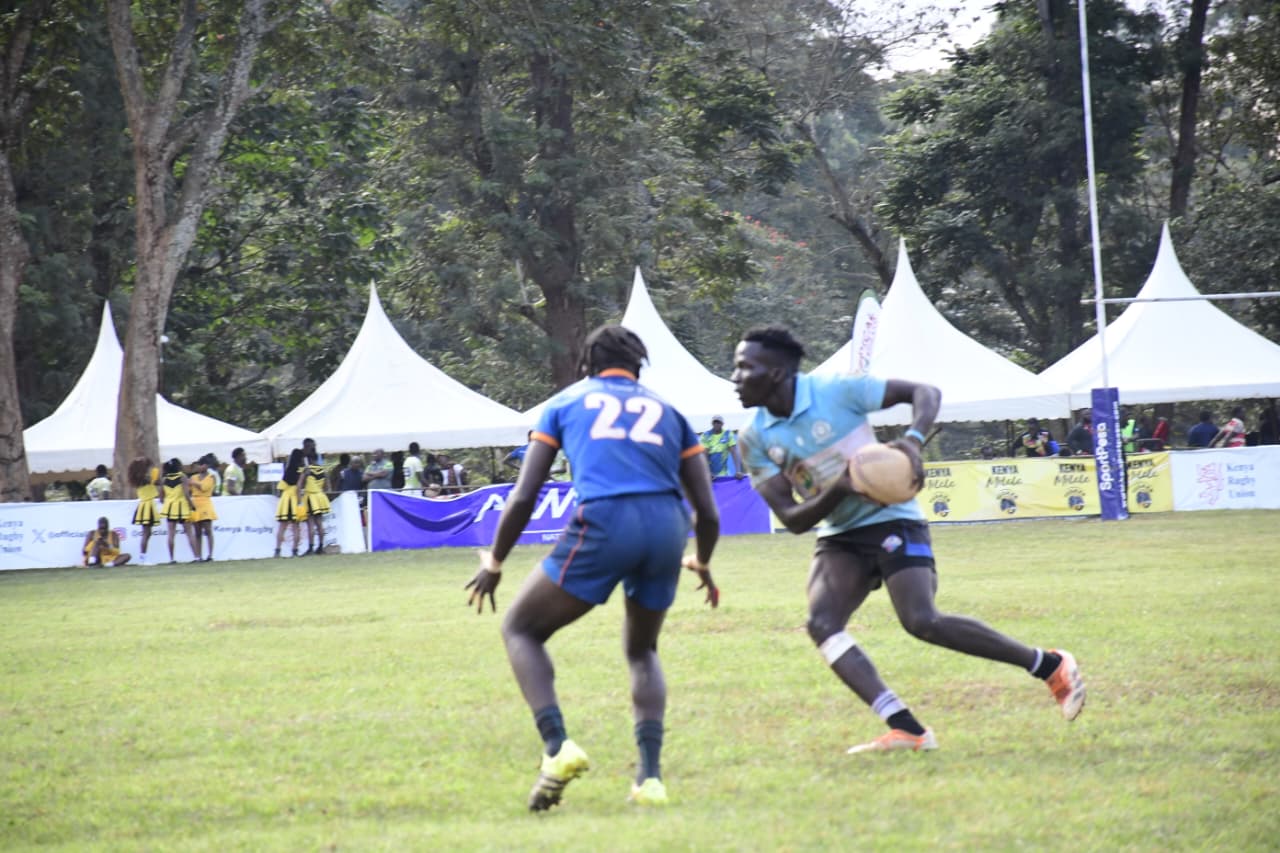The curtains fell on the 2025 Safari 7s on Sunday, October 12, at the Nyayo National Stadium, marking the end of a bittersweet 27th edition tournament.
On the pitch, there were moments of brilliance. Kenya Shujaa reclaimed their crown, defeating Shogun Rugby 14–7 in a tense final to lift their fourth Safari 7s title. The age-grade competition was equally thrilling, with Central Region overpowering Western 25–7 to win the Under-16 girls’ final while Uganda clinched the boys title.
But off the pitch, something was missing, the fans.
Despite being held over a long weekend and coinciding with a public holiday, the stands at Nyayo told a different story. Rows of empty red seats filled the stadium, even as tickets were slashed from Kshs 750 to Kshs 300 during flash sales. The expected surge on Saturday never came, and while Sunday showed slight improvement, it still wasn’t close to what Kenyan rugby deserves.
This raises a painful question: Has the Sevens game lost its spark locally?
Nairobi has always been known for its sports passion fans once packed Kasarani’s 60,000 seats and Nyayo’s 30,000 during the CHAN tournament. The Kenya Cup 15s finals regularly draw lively crowds. Yet, for the shorter, faster, and more global version of the game, attendance has plummeted.
Lights Out—Literally
This year’s edition also faced a literal blackout. The highly anticipated night matches under floodlights were abruptly halted when power went off at Nyayo, forcing organizers to call off games. Though the lights later returned for the Legends match, the momentum and mood had already been lost.
Tragedy Strikes
The weekend took a tragic turn when Belgium women’s head coach Warren Abrahams collapsed on the pitch and was later pronounced dead. His sudden passing cast a dark shadow over the tournament, forcing Belgium to withdraw. The Kenya Rugby Union (KRU) led a heartfelt tribute on Sunday, observing a minute of silence before the men’s final.
Corporate Support—A Silver Lining
While attendance disappointed, sponsorships painted a brighter picture. The KRU secured key partners including SHA (for player medical insurance), Tusker, Kenya Airways, Coca-Cola, SportPesa, Mpesa, KCB Bank, Hass Petroleum, Amara, and Crown Paints. Tusker’s Kshs 22 million injection was especially timely, underlining corporate faith in rugby’s commercial potential.
However, beyond logos and banners, the crucial question remains, are players truly benefiting? Because at the heart of rugby’s growth are the athletes themselves.
Off the pitch, the afterparty was a massive hit. Performances from Khaligraph Jones and MC Gogo electrified the night, with fans praising the setup and atmosphere. But even that couldn’t mask the day’s reality, the crowd that should’ve filled the stadium was largely absent.
Media Shut Out
The media, too, had its grievances. Several journalists, bloggers, and mainstream media houses were reportedly denied accreditation or restricted access to the pitch, with only a limited number of photographers allowed entry. This raised eyebrows how can rugby grow if those tasked with telling its story are kept at arm’s length?
Despite that, Live Eye Productions delivered commendable livestream coverage. Still, the sport desperately needs a consistent broadcasting partner, the way FKF has Azam or Supersport did in the past, to give the game the visibility it deserves.
What Next for 7s?
The Safari 7s’ return to Nyayo offered hope, a bigger venue, modern setup, and a central location. Yet, the empty stands remind us that rugby’s real battle lies beyond the try line.
The Sevens format, once the pride of Kenya thanks to the heroics of Shujaa and the Lionesses, seems to be struggling to connect with local fans.
Whether it’s ticket pricing, marketing, or scheduling, something needs to change.
Until then, we can only ask,
Is the Sevens game in Kenya suffering or simply forgotten?



